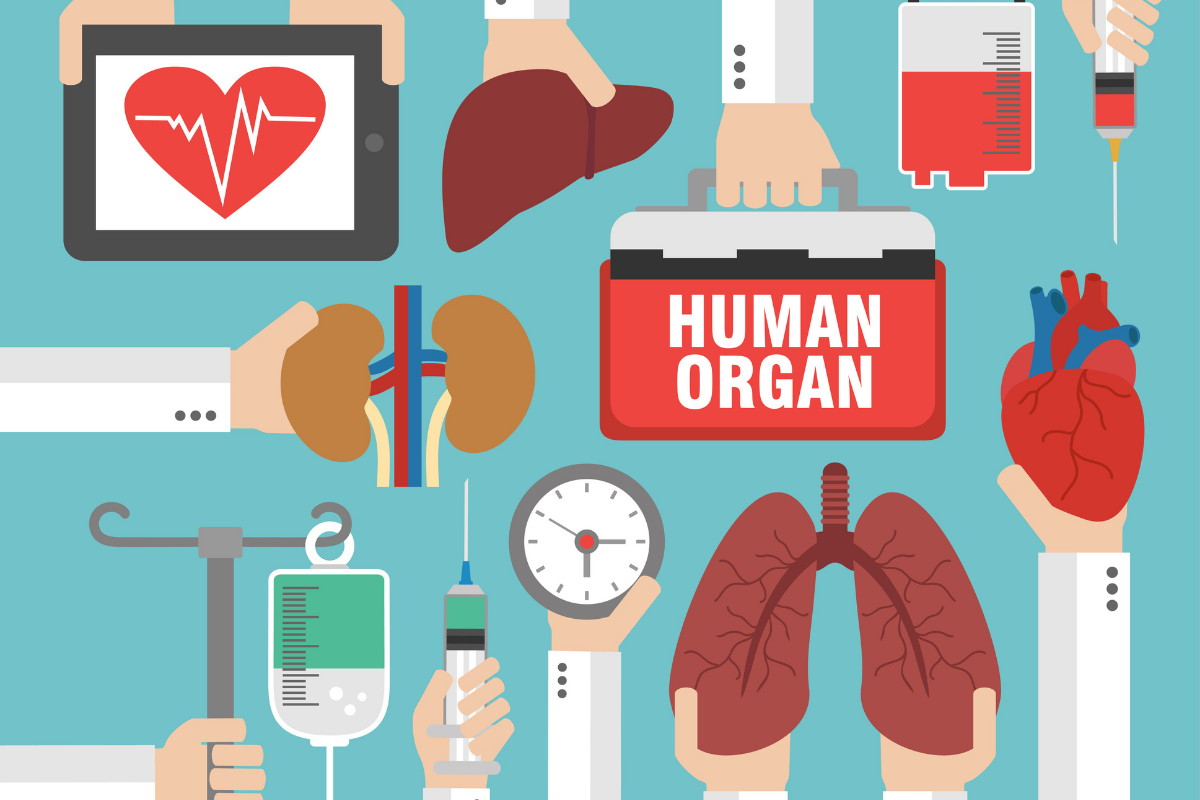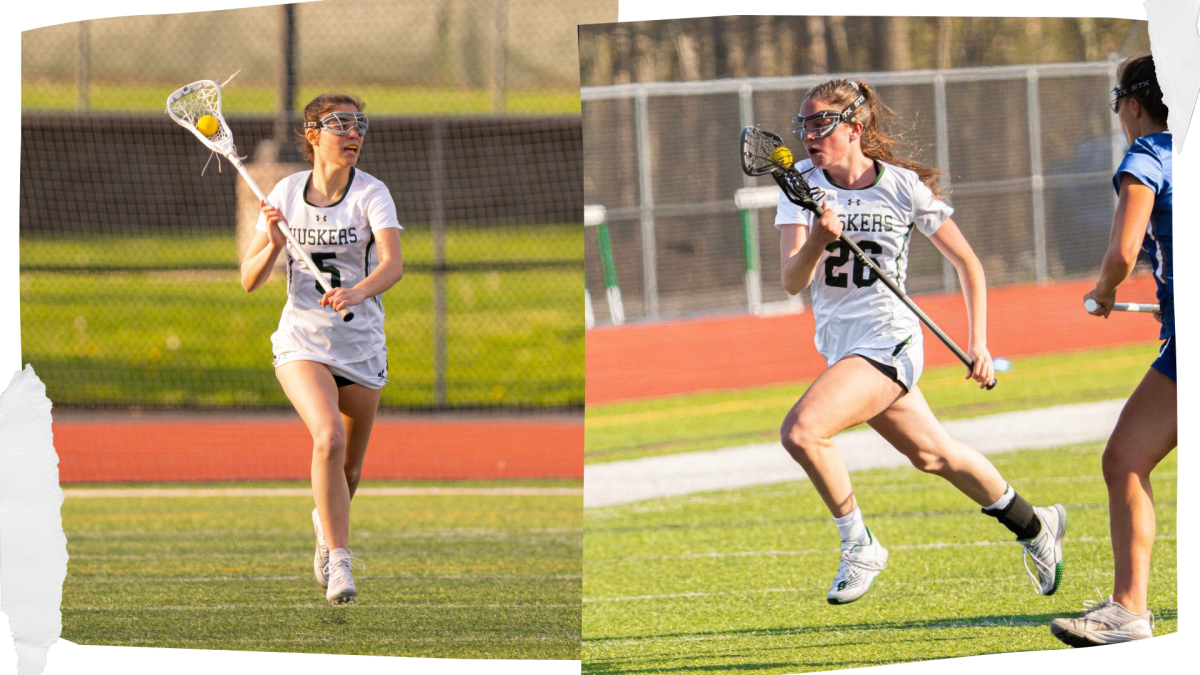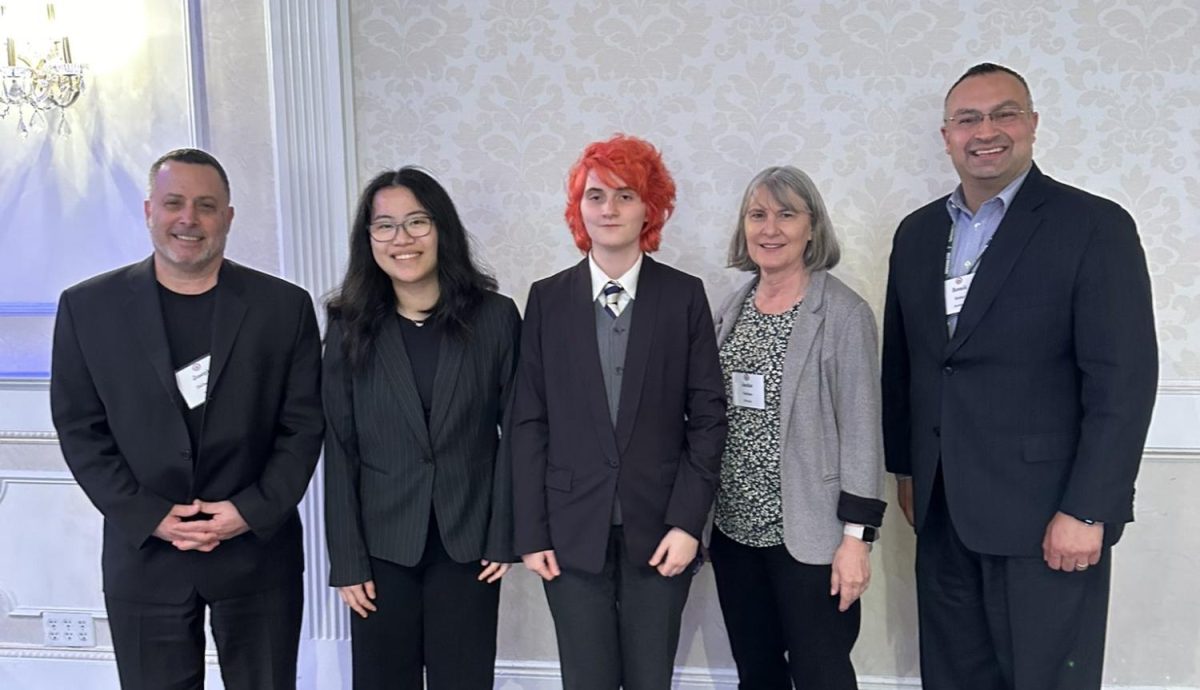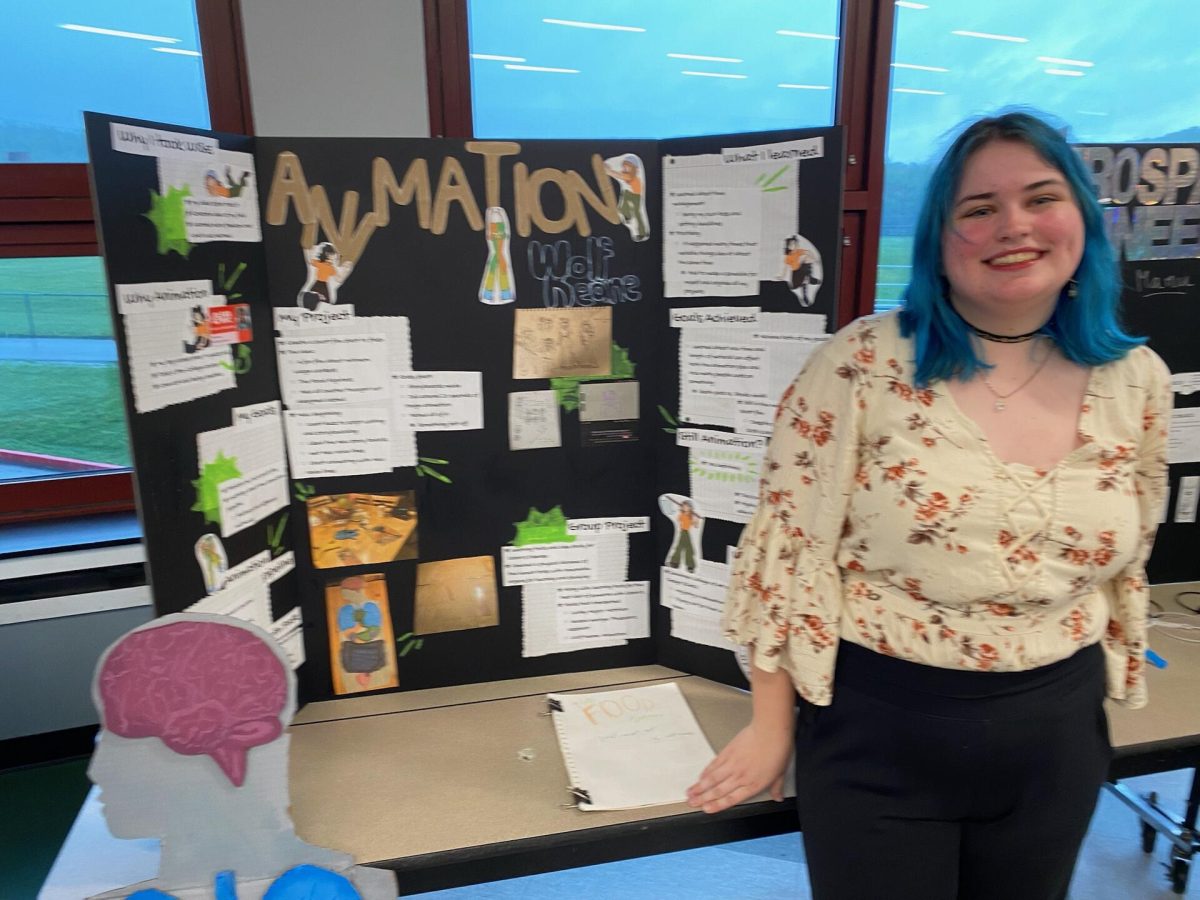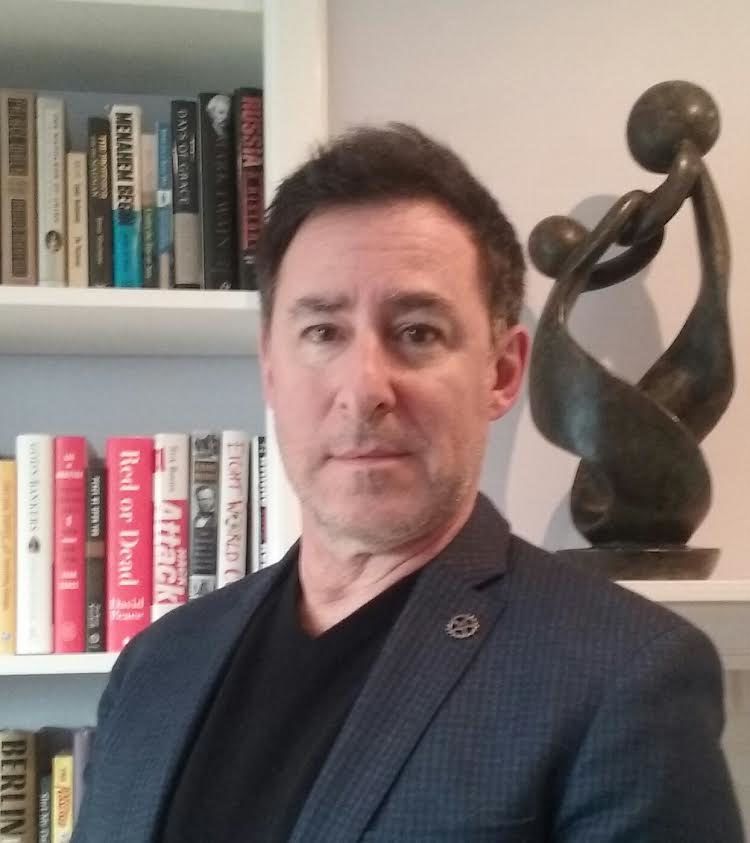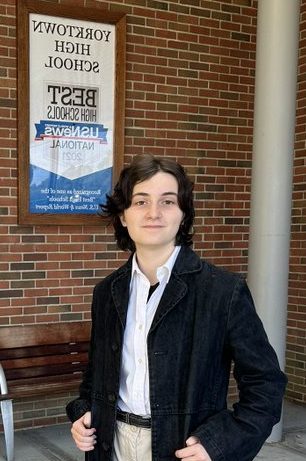According to the Organ Procurement & Transplantation Network (OPTN), there are about 100,000 people in the United States in need of an organ transplant annually. In 2023, 46,632 life-changing transplants were performed in the U.S. alone. We might know someone who has received an organ transplant, or heard stories about people whose lives were saved by the procedure, but have you also heard about the rich history of organ transplantation?
Early Legends and Myths:
Many ancient cultures — such as the Greeks, Romans, and Chinese — share depictions of gods performing seemingly impossible transplants. These complex surgeries seemed impossible for humans to perform and they remained a myth. One of the first references to humans performing a transplant in Europe comes from Ancient Rome with the miracle of the saints Cosmas and Damian, twin brothers who promoted Christianity through their acts of healing people without payment. Legend has it that a verger was suffering from either a bacteria that was eating one of his legs or cancer. One night, the verger dreamt about the saints visiting him and replacing his dying leg with one from another man. The next morning, he woke up with a healthy leg and told the tale to church officials. His story gained popularity in Europe, causing many painters across the continent to visually record the miracle. To this day, the brothers are the patron saints of surgery, and their legacy inspired future physicians to research transplants to better the lives of their patients.
While the OPTN does not view skin graphs as organ transplants, India was the first civilization to use skin grafts to heal large wounds and burns as early as 800 B.C. The Rigveda, sacred Hindu texts, tells various stories of complex surgeries being performed on gods, such as teeth implantations and even the transplantation of heads.
Although he was a real physician from China and the first doctor to detect the pulse from the heart, Bian Qiao became a legendary figure due to his talent for healing the sick. He is rumored to be the first physician to perform a heart transplant known famously as, “The Exchange of Hearts,” on two men. Both survived.
Early Pioneers in Organ Transplants:
The Italian surgeon, Gaspare Tagliacozzi, is referred to as the father of plastic surgery and routinely used skin from his patients’ arms to reconstruct their noses and ears. After performing numerous surgeries, he noticed that using skin from a different donor would cause the patients’ immune systems to overreact, resulting in a failed procedure. His observations paved the way for future surgeons to learn about transplant rejections. By the early 1900s, organ transplantation was getting closer to becoming a reality.
Across Europe, many doctors started experimenting with xenotransplantation using organs, mainly kidneys, from animals including pigs, goats, and even monkeys on humans. Unfortunately, nearly all patients who received an organ from an animal died after a few days due to infections and diseases carried in animal organs.
In 1905, history was made when a farmer in Austria was able to regain his vision after going blind during a work accident. Ophthalmologist Eduard Zirm was able to perform the first full-thickness corneal transplant on the farmer. His successful operation inspired other physicians to research better ways of performing transplants to better the lives of their patients.
In 1912, the French physician Alexis Carrel performed successful kidney and heart transplants on dogs, winning a Nobel Prize for discovering better ways to connect blood vessels during surgeries. If this wasn’t impressive enough, he also co-founded a device to keep organs viable outside the body. His invention inspired the famous ventriloquist and inventor Paul Winchell to invent the first artificial heart; it was patented in 1963.
First Organ Transplants in Humans:
The Ukrainian surgeon Yurii Voronoy was the first doctor to transplant a human organ. He worked to save the life of a 26-year-old woman using a kidney transplant in 1936. Unfortunately the woman died only two days later, likely due to an infection.
In 1954, American surgeon Joseph Murray performed the first successful organ transplant at Brigham & Women’s Hospital in Boston. Since both the donor and the recipient were identical twins, they didn’t suffer from any consequences resulting from infection or rejection. While this surgery is groundbreaking, the majority of people don’t have an identical twin and are, therefore, unable to have access to the life-saving surgery.
Thankfully, in 1960, Peter Medawar won the Nobel Prize for his work in creating anti-rejection pills for organ recipients, allowing more people to get life-saving surgery.
Lung transplants are one of the most complex transplants due to their fragility. The first lung transplant occurred at the University of Mississippi Medical Center, performed by surgeon James Hardy in 1963, for a man with advanced-stage lung cancer.
In 1966, surgeons Richard Lillehei and William Kelly performed the first pancreas and kidney transplant on a diabetes patient at the University of Minnesota. One year later, Dr. Thomas Starzl, known as the father of transplantation, performed the first successful liver transplant after five failed attempts. In 1984, he performed the first dual liver and heart transplant.
In Cape Town, South Africa, Dr. Christiaan Barnard performed the first heart transplant in 1967. The patient, Louis Washkansky, died only 18 days later from pneumonia. Despite his first loss, Dr. Barnard performed about six more heart transplants, with the longest living patient surviving for 24 years after the surgery.
Organizations and Laws to Help Doctors Find Organs:
In 1982, the Southeast Organ Procurement Foundation (SEOPF) created The Kidney Center, a 24-hour service to help match organs. In 1984, The Kidney Center became the United Network for Organ Sharing (UNOS). In the same year, the National Organ Transplant Act (NOTA) was passed to address America’s organ shortage by helping place organs. In the 1990s, UNOS increased their efficiency and started collecting patient data on online databases, helping doctors locate organs and check up on transplant receivers.

